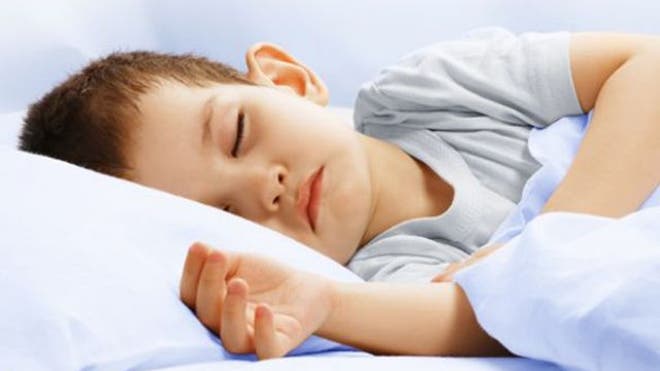
This sleep disorder can cause serious health problems for kids.
Obstructive sleep apnea (OSA) is a sleep-related breathing disorder affecting more than 18 million adults and 2% to 3% of children of all ages, even newborns, according to the National Sleep Foundation. It seems to run in families, and kids who have enlarged tonsils and/or adenoids (lymph nodes in the throat behind the nose) have a higher risk of developing OSA.
Other factors include being obese, having a small jaw or midface, or a larger-than-usual tongue, being exposed to tobacco smoke, and having less muscle tone (such as in children with Down syndrome, cerebral palsy, and/or neuromuscular disorders), explains Dennis Rosen, MD, associate medical director of the Center for Pediatric Sleep Disorders at Boston Children’s Hospital.
Treating Children’s Sleep Apnea
Sleep apnea, derived from the Greek word for “without breath,” is a serious condition. Breathing temporarily pauses during sleep for more than 10 seconds in adults and longer than two breath cycles in children, and this can happen up to 70 times an hour. Oxygen levels in the blood plummet, and the body responds as if choking.
Sometimes young children outgrow OSA as their throats get larger and airways stiffen, says Rosen. Those with large tonsils and adenoids may need surgery (adenotonsillectomy), which typically cures 80% to 90% of children, says Rosen
Symptoms of Sleep Apnea
Think your child might have obstructive sleep apnea? Look for these symptoms, Rosen says.
- Loud snoring, often with gasping, choking, and snorts
- Long pauses in breathing while sleeping (longer than two breath cycles)
- Excessive sweating at night because of the strain of trying to breathe
- Waking up with headaches and daytime sleepiness, irritability, hyperactivity, and difficulty concentrating

